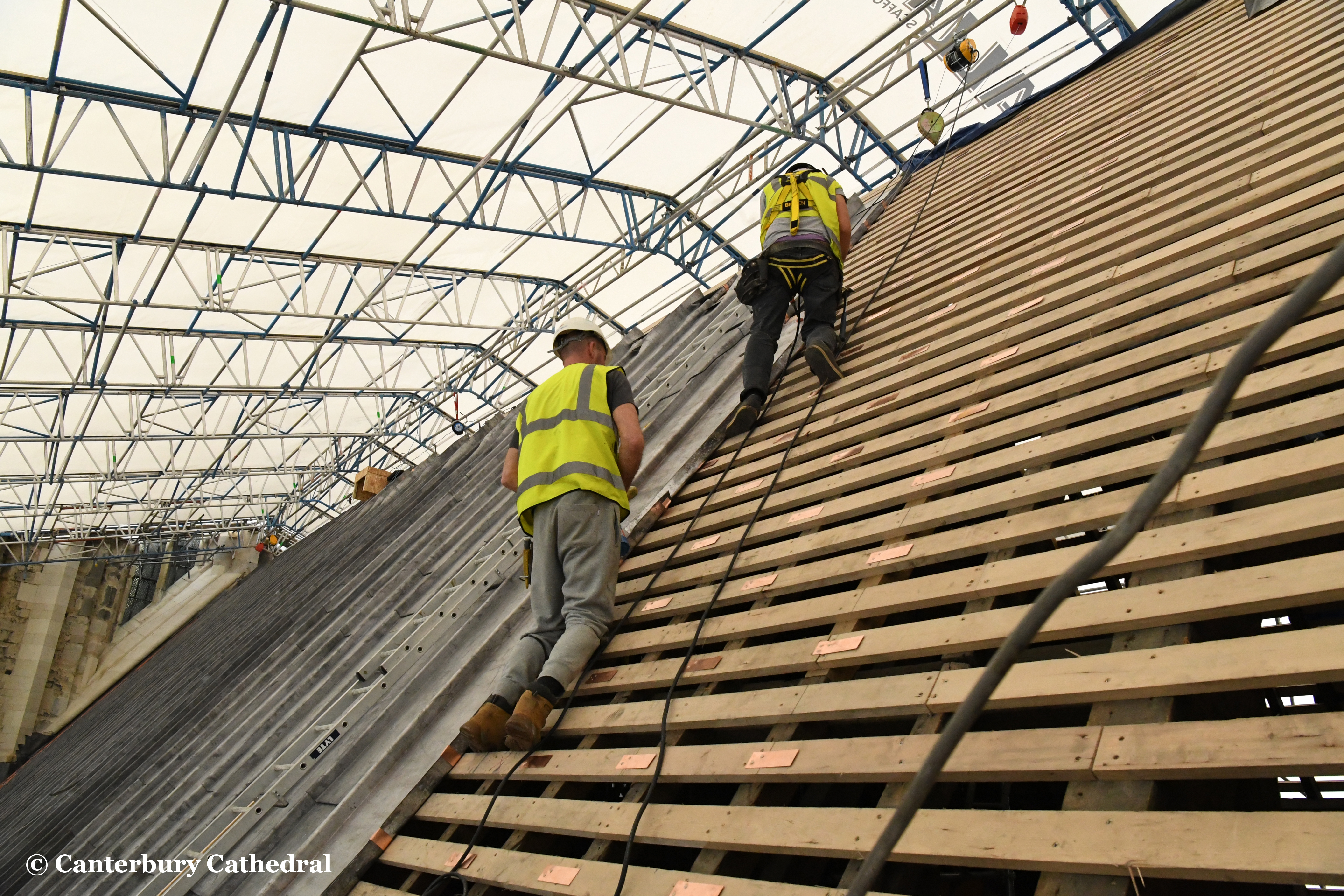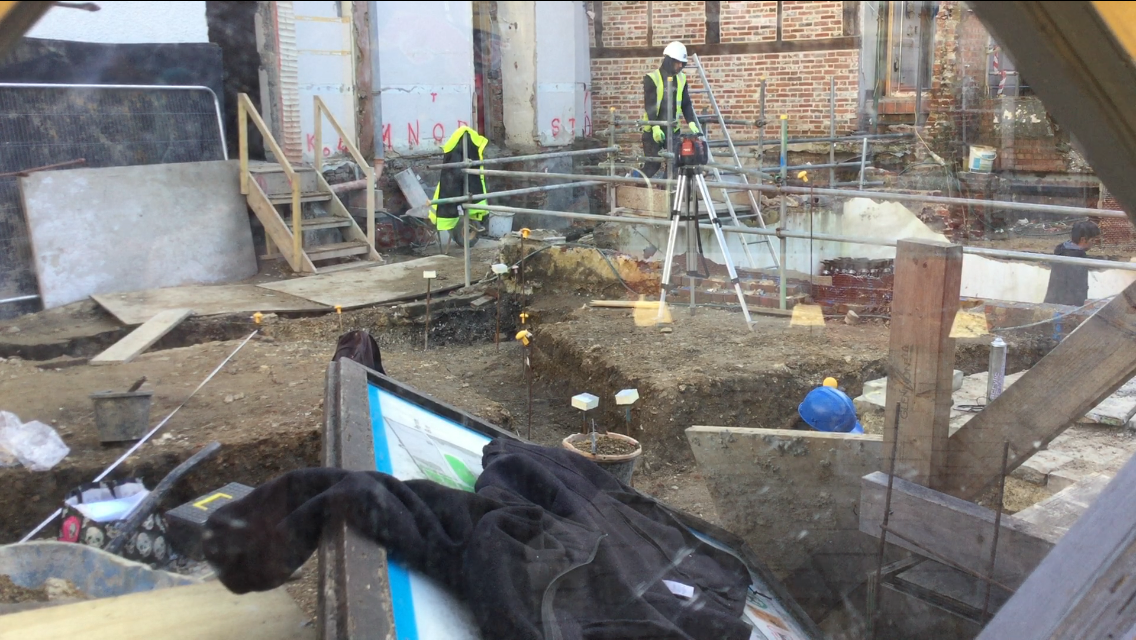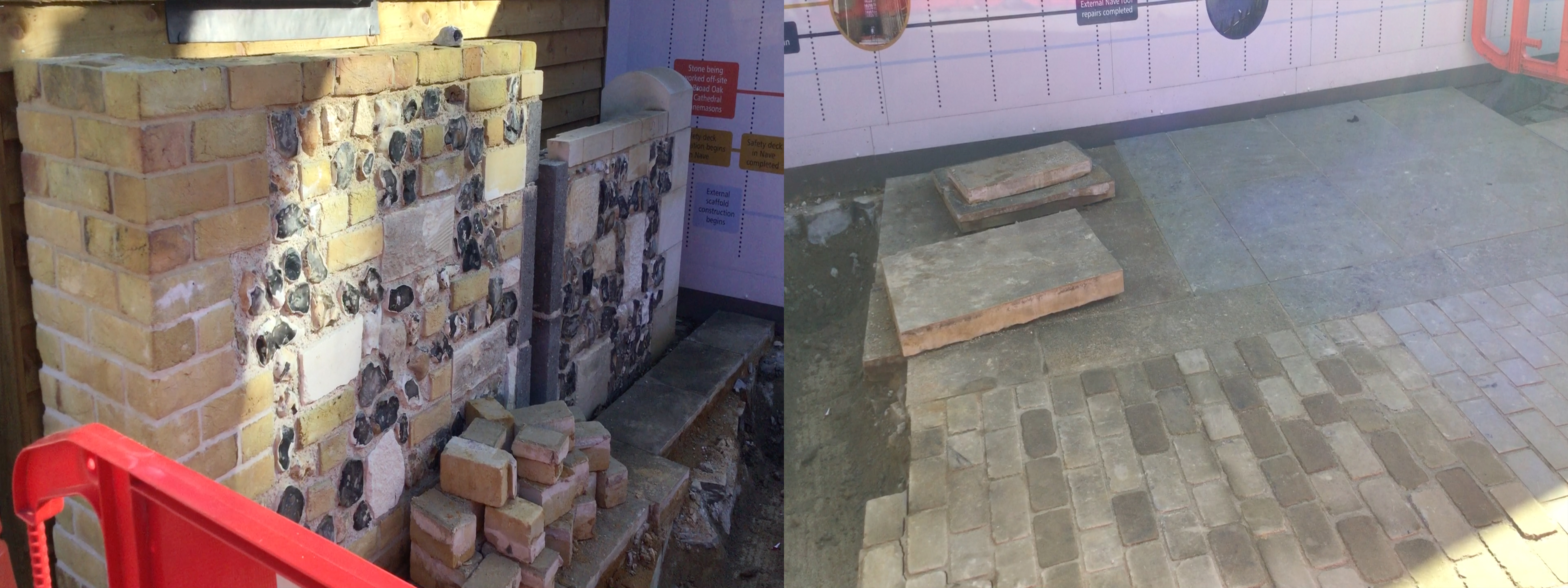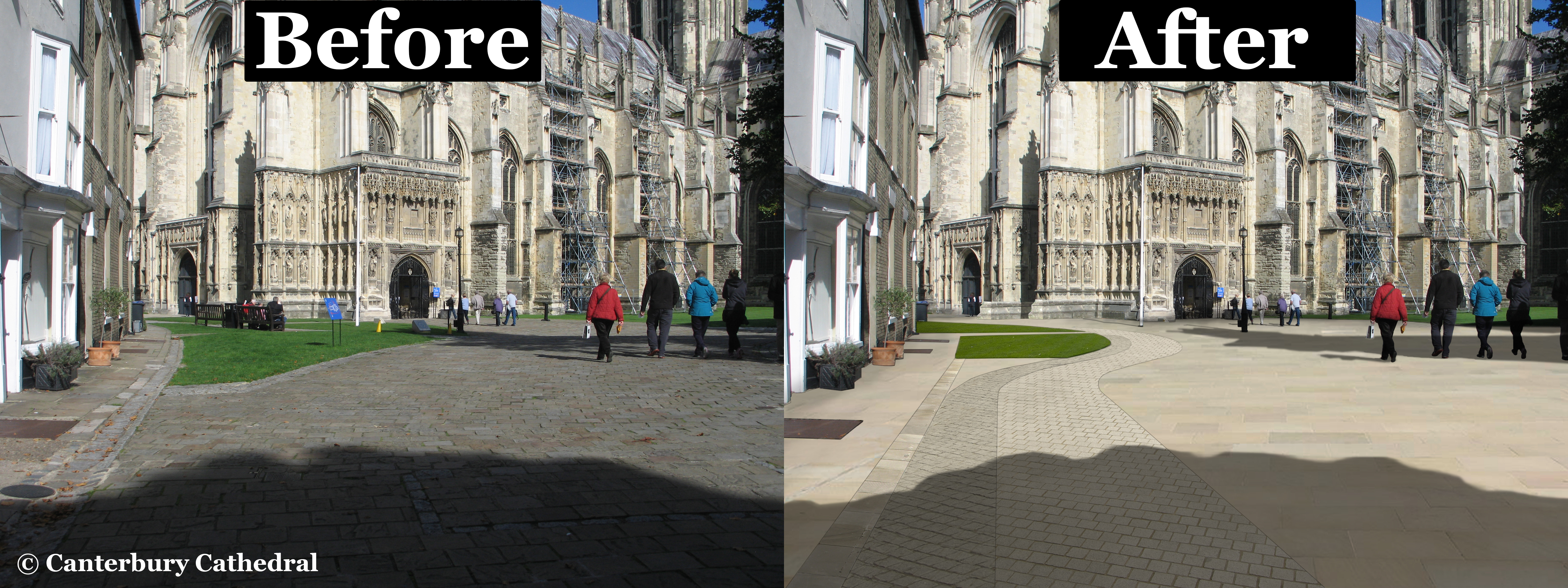One of the most beautiful United Nations Educational, Scientific and Cultural Organisation (UNESCO) World Heritage Sites is going on a journey of renovation and modernisation with a new welcome centre, essential repairs and restoration to the west towers and nave roof.
Why does the cathedral have scaffolding covering it?
We've all seen the scaffolding covering most of Canterbury Cathedral, but what is actually going on up there?
Well, the five year development project has been called, The Canterbury Journey with the work starting in 2016. The Journey is the current renovations to conserve and repair some of the important parts of Canterbury Cathedral for future generations.
Communications Officer for The Canterbury Journey, Katherine Skeates, said: "The project we have going on at the moment is called the Canterbury Journey, it’s a £24.7 million heritage lottery funded project and the aims of it are to conserve and repair some important parts of the building, at the moment we are releading the whole of the nave roof and vital repairs to the stones on the west towers"
The most obvious parts of the building that are being worked on are the West towers and Nave roof (pictured above). The stones are being replaced up and down the west towers with the spires already being completely remasoned. Meanwhile, the Nave roof has had the lead taken off to be resmelted and relaid on top of fresh timber beams to make it water tight again.
The 25 cathedral stonemasons, based at Broad Oak, Canterbury, hand carved the stones that were extracted from the original mine and quarry in Caen, France, that the cathedral was originally erected with 1,000 years ago.
What else is happening?
But there is more going on below the surface.
A new welcome centre is currently being started (pictured below). This new building will offer a new welcoming to the cathedral, an information point, a gift shop, ticket services and a free to enter gallery that will have some unique views of the grounds.
The 90-year-old London and Home Counties contractors, Buxtons, has the job of building the Welcome Centre (current position, pictured below) and the landscaping effort making the cathedral more accesible to everyone.
A new community space is also being created to host a plethora of events and activities based on bringing in the community.
An addition to this would be that there will be more access to treasures collected over the years by the cathedral with a multimedia guide, exhibiting more pieces in the north and south sides of the choir, resources being put online for schools and interpretation trails to look at the cathedral in a different way.
Work on the west side of the precints (phase 1 of the landscaping effort) is expected to finish in April 2018.
How much does it cost and where does the money come from?
When The Canterbury Journey was in the preparation stages it was thought the project would cost £19.4 million and after bidding for funding, the Heritage Lottery Fund gave the Cathedral £12 million with the intention it would find the rest itself from local fundraising efforts.
The project is broken up into four parts; new build, conservation, activities and other project costs.
New Build: £3.45m (18%) Welcome Centre £2.05m Precincts Landscaping £1.2m Improved Access £200k
Conservation: £9.6m (49%) Christ Church Gate £1.55m Nave & West Towers £8.05m (inc. £500k for Stained Glass)
Activities: £3.35m (17%) Schools Outreach £200k Apprentice Training £300k Pilgrim Passes & Community Outreach £550k Interpretation , Exhibitions & Conservation-in-Action £2.3m
Other Project Costs: £3m (16%) Staff & Volunteer Costs £1.6m Project Management £1.4m
The Canterbury Cathedral Trust gave £10.9 million, The Friends of Canterbury Cathedral also gave £250,000 and the Heritage Lottery Fund ended up giving the Cathedral an extra £1.8 million. To bring the total up to £24.7 million, the current costing.
Some of the new wall and flooring designs are being tested at the moment as part of the landscaping effort (pictured above).
About the Cathedral
Canterbury Cathedral is the oldest church building in England that is still in use today. Originally built in 597 AD out of wood by St. Augustine who had been sent from Rome to reintroduce Christianity to England. It was built along side Queen Bertha of Kent's private chapel, St. Martin's chapel that is on North Holmes Road.
The Cathedral not only has over one million visitors a year but is also a pilgrimage site that christians flock to on a regular basis. One of the pilgrimage specific spots is the location of Thomas Beckett's shrine sat in the Trinity Chapel, which is now commemorated by a candle that stands where his tomb sat before Henry II accidentally ordered his friend to be killed. St. Thomas' shrine was destroyed by Henry VIII in 1538 during reformation of the country to show Becket as a traitor to the crown and tried to erase his name from history, so Pope Paul III excommunicated him from the Catholic Church..
It is also believed that Henry VIII took this as an opportunity to claim precious metals and gems for the royal treasury, one of these items is a Ruby called "The Regale of France" that had been gifted by King Louis VII during his personal pilgrimage from France to Canterbury Cathedral in August 1179.
It took the Cathedral five years to get the grant they needed for the work to begin. Students and residents of Canterbury have full access to the cathedral for free as long as they show their ID card.
The Canterbury Journey will be exciting for another 3 years, bringing back to life a monument of not only the Church of England but of Canterbury.



